The Unstoppable Climb: Pawel Sharma’s Pursuit of Everest
Blogs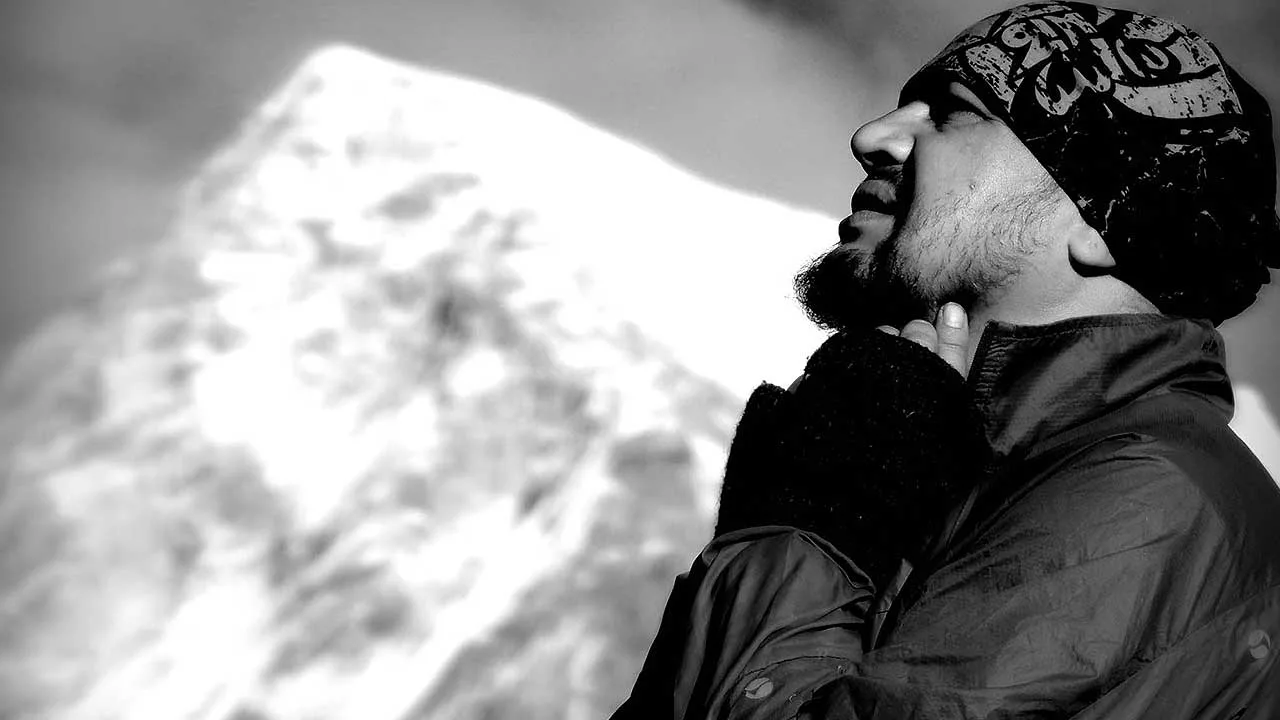
l. Pawel Sharma Introduction
Pawel Sharma is a mountaineer with a remarkable story of triumph over adversity. His journey in mountaineering began in 2008 when he scaled Gangotri, but this was just the start of an extraordinary career filled with highs and lows. The following year, in 2009, Pawel successfully summited Makalu, one of the world’s highest peaks, proving his mettle in the challenging environment of the Himalayas.
His greatest achievement came in 2012 when he scaled Mount Everest, the highest point on Earth. However, the journey to these summits wasn’t without significant obstacles. In between his climbs, Pawel faced a rock-climbing accident that left him with both legs broken. Despite this setback, his determination remained unshaken.
During his Everest expedition, Pawel experienced severe frostbite, leading to the loss of several fingers. These physical challenges could have ended his mountaineering career, but Pawel’s resilience and unwavering spirit propelled him forward. His tenacity culminated in a record-setting expedition to Kangyaste in 2018, where he completed a traverse of both Kangyaste 1 and 2 peaks.

Pawel Sharma’s story is one of courage, perseverance, and an unyielding will to overcome the most daunting challenges. Through each triumph and setback, he has demonstrated the strength of the human spirit, inspiring others to pursue their dreams no matter the obstacles they face.
II. Early Life and Love for Climbing
Pawel Sharma’s journey into mountaineering began later in life compared to many climbers. Despite the delayed start, his determination and passion for the mountains quickly propelled him to success. Pawel’s father worked at the Himalayan Mountaineering Institute (HMI) in Darjeeling, but after his father’s untimely death, Pawel took up an office job at HMI in December 1999 while still in college. For the next eight years, he worked in documentation, accounts, and other administrative tasks.
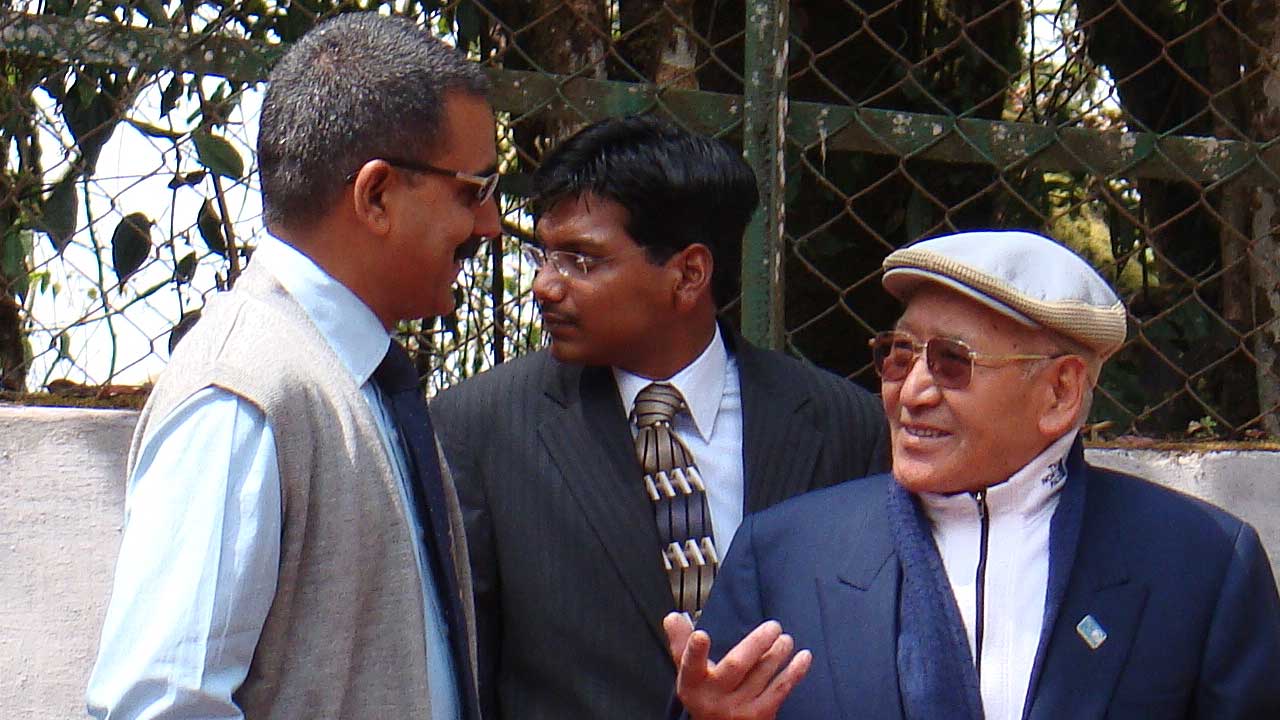
During this period, Pawel found his inspiration in Everester Dorjey Latoo and Lakhpa Sir, experienced mountaineers who kindled his interest in climbing. However, it wasn’t until 2007, when Principal Col. Neeraj Rana prepared a project for a Makalu expedition, that Pawel’s path to mountaineering was set in motion. This project motivated him to enroll in a mountaineering course, igniting a passion that would define his career.
His training began with intensive physical conditioning. Pawel ran up and down the steep slopes around Darjeeling, building the endurance and strength required for high-altitude climbing. In 2008, he undertook his first significant expedition, scaling Gangotri Peak, a prelude to his major ascent of Makalu in 2009.

This early success marked a turning point in Pawel’s life. He transitioned from an office job to a field role, embracing the challenges and excitement of mountaineering. Pawel’s late start and rapid progress serve as a testament to his drive and self-motivation, as he quickly rose through the ranks of mountaineering despite his unconventional entry into the field.
III. The Makalu Expedition (2009)
Pawel Sharma’s expedition to Makalu in 2009 was a significant milestone in his mountaineering career. The journey to the summit of Makalu, the world’s fifth-highest peak, was fraught with challenges, including unpredictable weather and treacherous terrain.
Pawel was part of a First ever successful Indian expedition to Mount Makalu. The initial attempt to reach the summit by the first team failed due to a severe storm that hit the summit camp. This setback could have ended the expedition, but it opened a new opportunity for Pawel. He joined the second team and successfully reached the summit in 2009, marking a major achievement for the expedition.
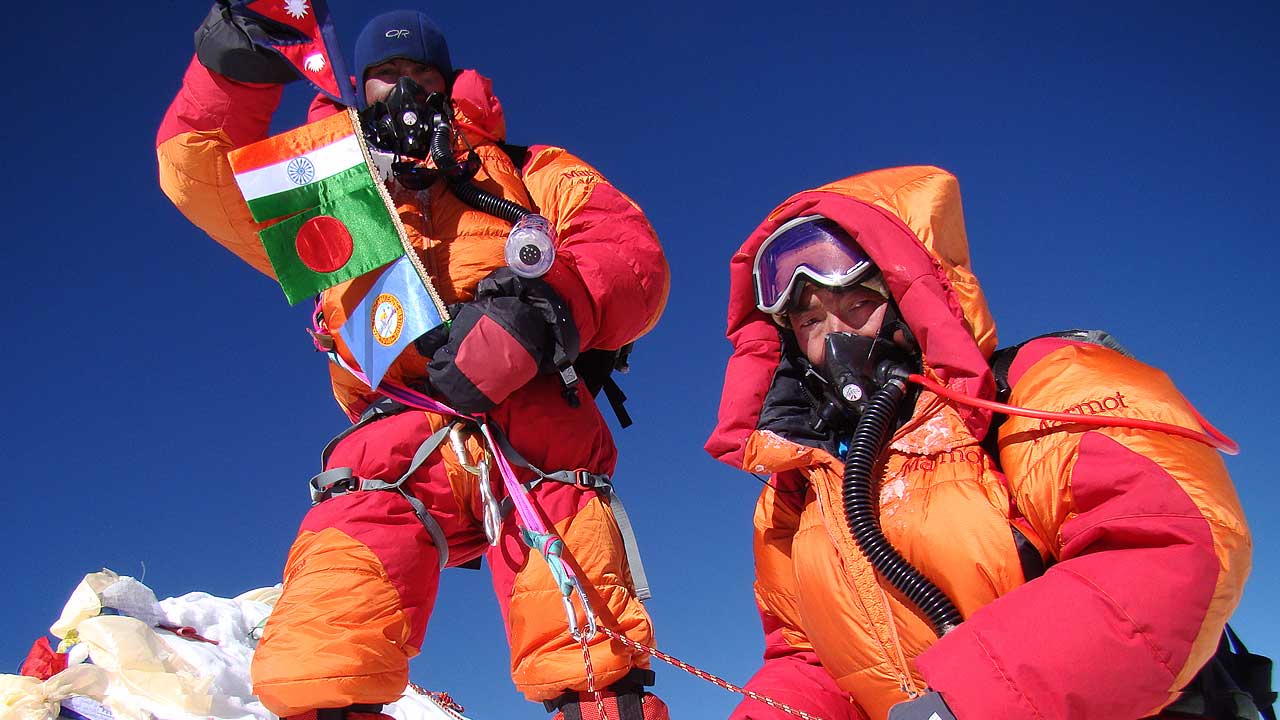
The climb to Makalu is known for its rugged terrain, steep slopes, and extreme weather conditions. Pawel and his team faced these obstacles head-on, navigating the technical sections with determination and skill. The climb’s highlights included traversing icefalls and negotiating challenging rock faces, all while battling the elements.
One key lesson Pawel learned during this expedition was that descending is often more difficult than ascending. The risks involved in descending from high-altitude peaks are significant, with increased exposure to fatigue and changing weather. This experience taught him the importance of careful planning and caution during the descent.
The success of the Makalu expedition motivated Pawel and boosted his confidence for future climbs. He gained valuable experience in high-altitude mountaineering, which would prove crucial in his later expeditions. Pawel’s success on Makalu became a turning point, reinforcing his belief that with determination and perseverance, no summit is beyond reach.
For a more detailed account of the Joint Indo-Bangladeshi expedition to Makalu, visit our blog post that covers the entire journey and the experiences of the climbers involved – Storms, Summit, and Survival: The Mt. Makalu Expedition
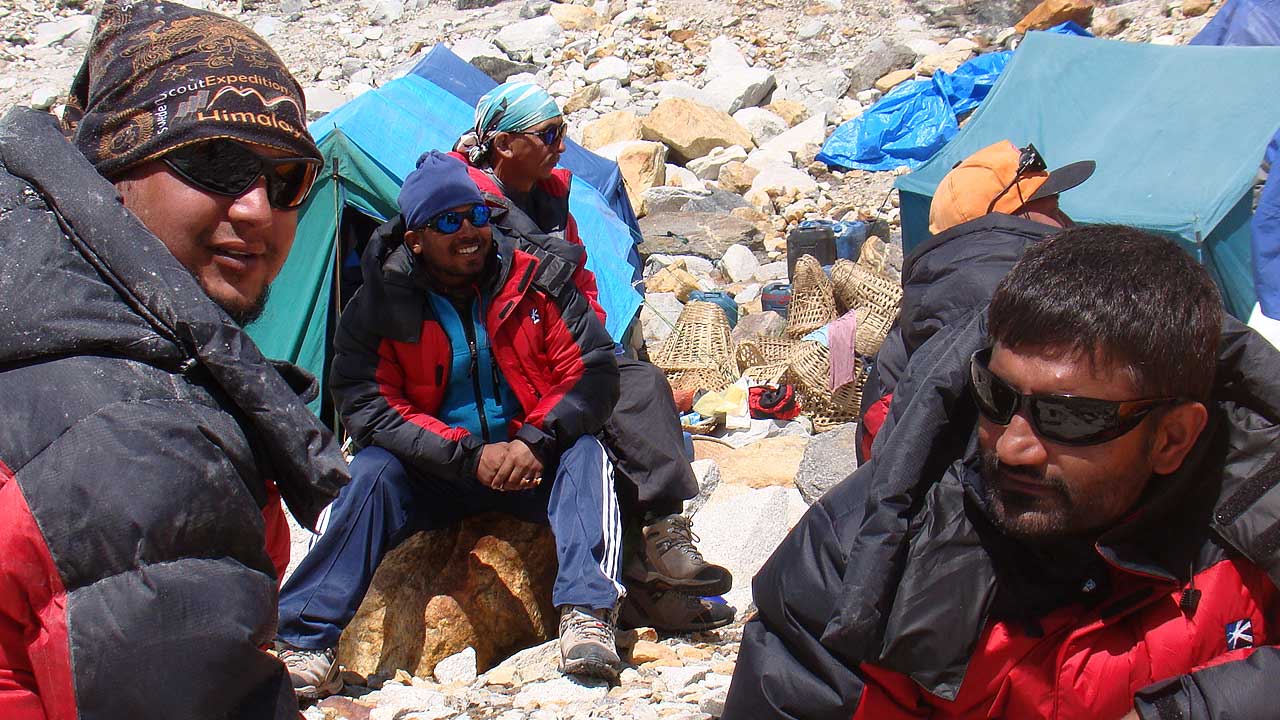
IV. The Rock-Climbing Accident
Pawel Sharma’s journey into mountaineering had been marked by success, with notable achievements like climbing Makalu and Everest. However, his career took a dramatic turn when he suffered a rock-climbing accident in Darjeeling, breaking both his legs. This setback came after two major climbs, leading Pawel to admit that he had become a bit overconfident, letting down his guard during a routine rock-climbing session.
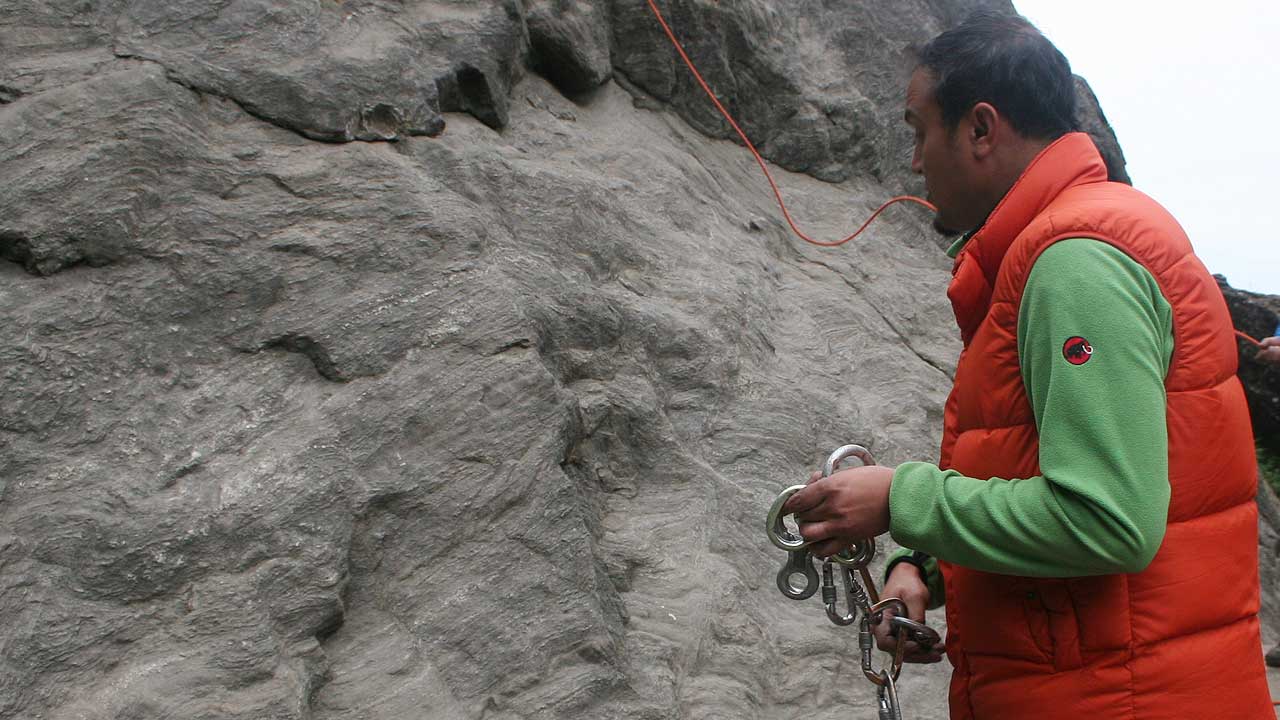
The accident occurred when Pawel fell onto solid ground without any crash pads to cushion the impact. Though the fall height wasn’t significant, the damage was severe—both legs were broken. This incident had a profound impact on his life, putting him on bed rest for six months and requiring almost a year for full recovery. Despite the lengthy rehabilitation, Pawel never lost his resolve to return to the mountains.
The injury was a significant blow to his career, and his family initially opposed his decision to continue mountaineering. They were concerned about the severe leg injury and the risks of returning to such a dangerous activity. Nonetheless, they eventually understood Pawel’s passion and came to terms with his desire to pursue what he loved most, though they continued to urge caution and preparedness.
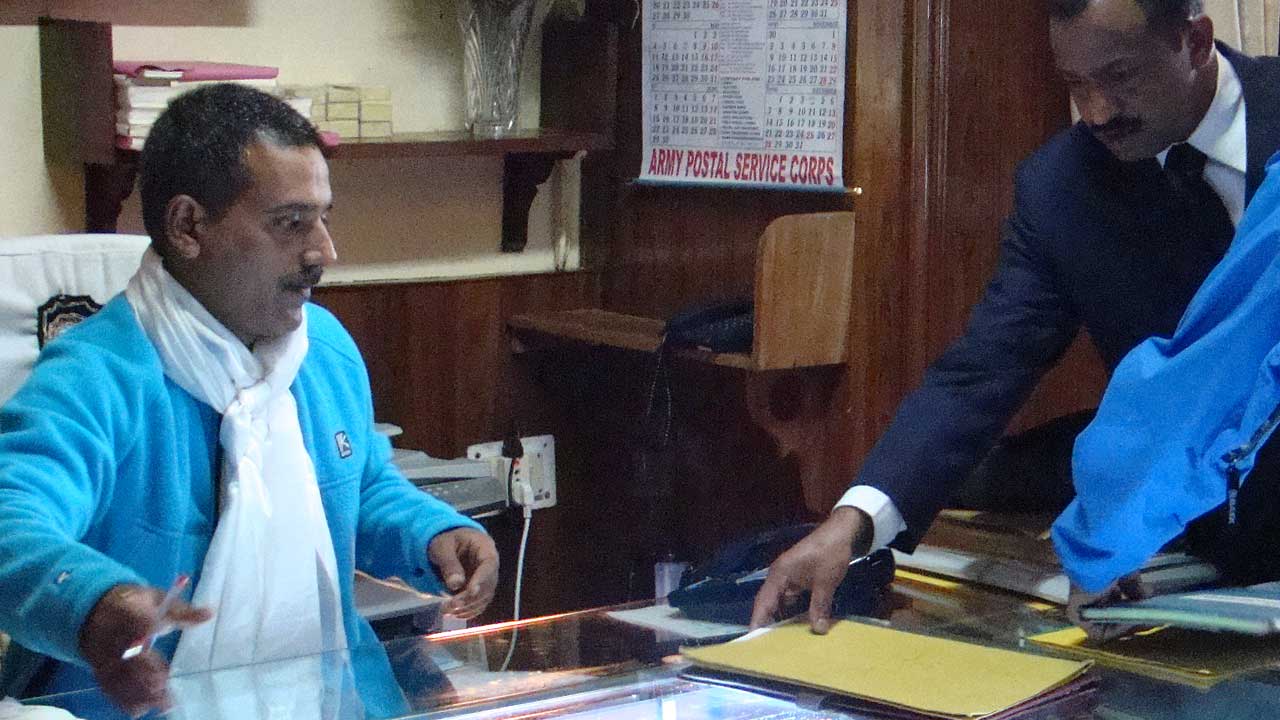
Pawel’s determination to return to climbing surprised many, including his colleagues and superiors at the Institute. Col. Neeraj Rana, the principal at HMI, offered him the option to switch to an office job from training if he couldn’t handle the strenuous demands of mountaineering. However, Pawel refused to let his injuries define his future. He persisted with his training, enduring the pain and discomfort that accompanied his recovery.
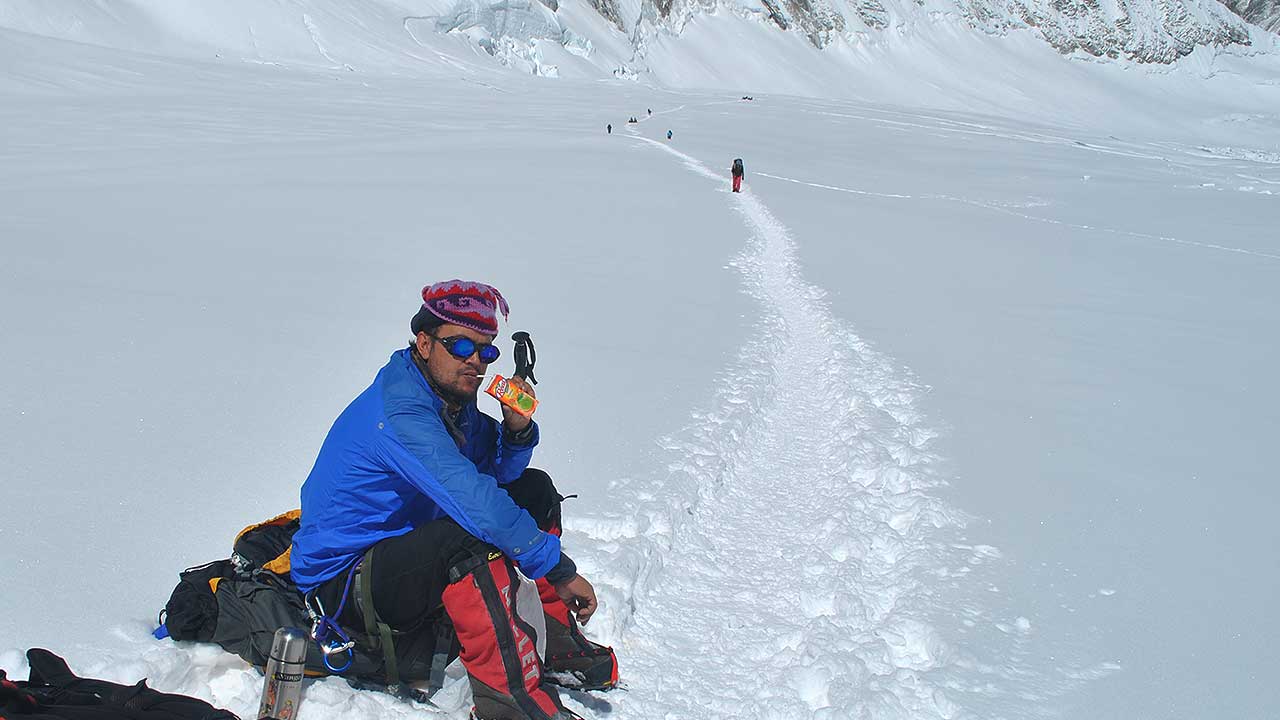
Over time, Pawel overcame the challenges posed by his injuries, slowly regaining his strength and confidence. Even though his right leg still occasionally troubled him on the mountains, he adapted to the discomfort and learned to manage his physical limitations. His unwavering spirit and refusal to be disheartened eventually led him back to the mountains, where he continued to pursue his passion for mountaineering.
Pawel Sharma’s journey from injury to recovery is a testament to his resilience and determination. His ability to push through pain and uncertainty, coupled with his love for climbing, enabled him to overcome the odds and continue doing what he loves the most—climbing the mountains.
V. The Everest Expedition (2012)
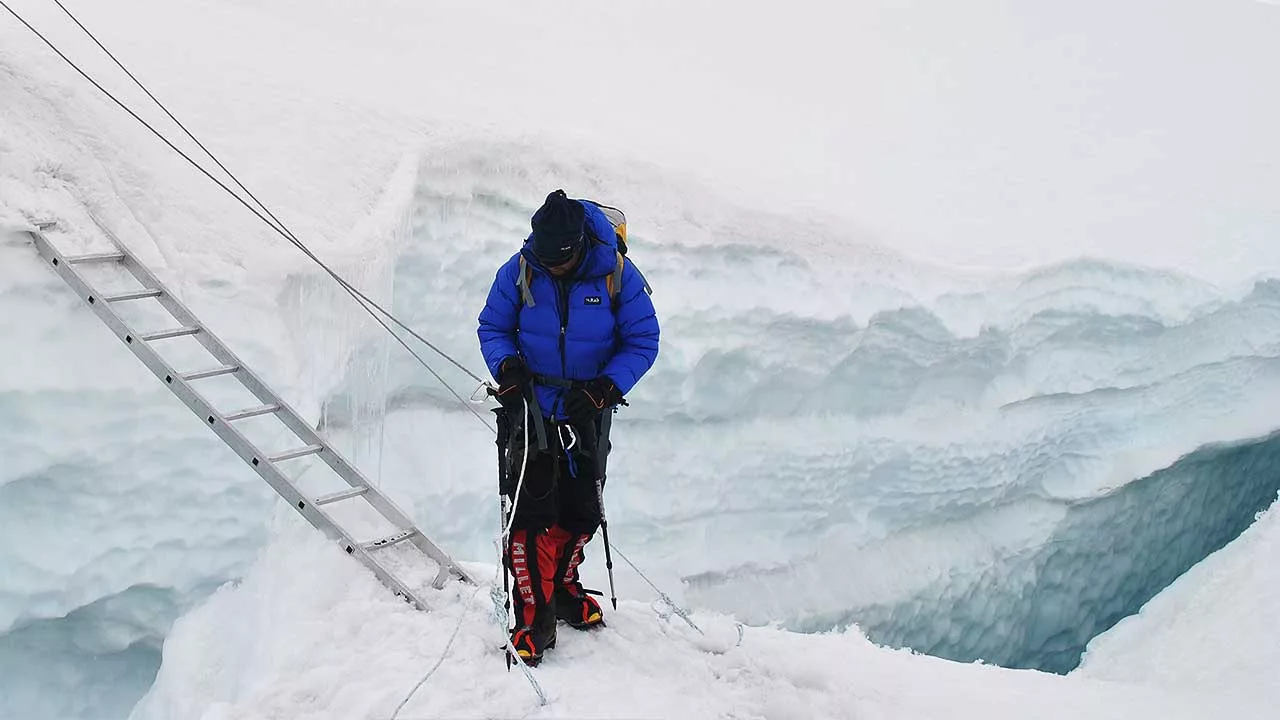
After recovering from his rock-climbing accident, Pawel Sharma set his sights on his next major goal: Mount Everest. His training for this monumental climb began as soon as he regained strength in his legs. The preparation required a high level of physical fitness and endurance, as well as meticulous planning and acclimatization. Pawel knew the risks of climbing Everest and took his training seriously, often running and hiking through challenging terrain to build his stamina.

The journey to Everest’s base camp was both exciting and daunting. Pawel relished the trek through the Khumbu Valley, a region rich with culture and stunning landscapes. He was thrilled to be at the base of the world’s tallest mountain, surrounded by climbers from around the globe. This vibrant atmosphere fueled his motivation and steeled his resolve for the climb ahead.
As Pawel and his team progressed toward the summit, the conditions grew increasingly harsh. Above 8,000 meters, in the so-called “Death Zone,” oxygen levels drop dramatically, and the risk of hypothermia and frostbite increases significantly. It was during this ascent that Pawel encountered a critical incident.
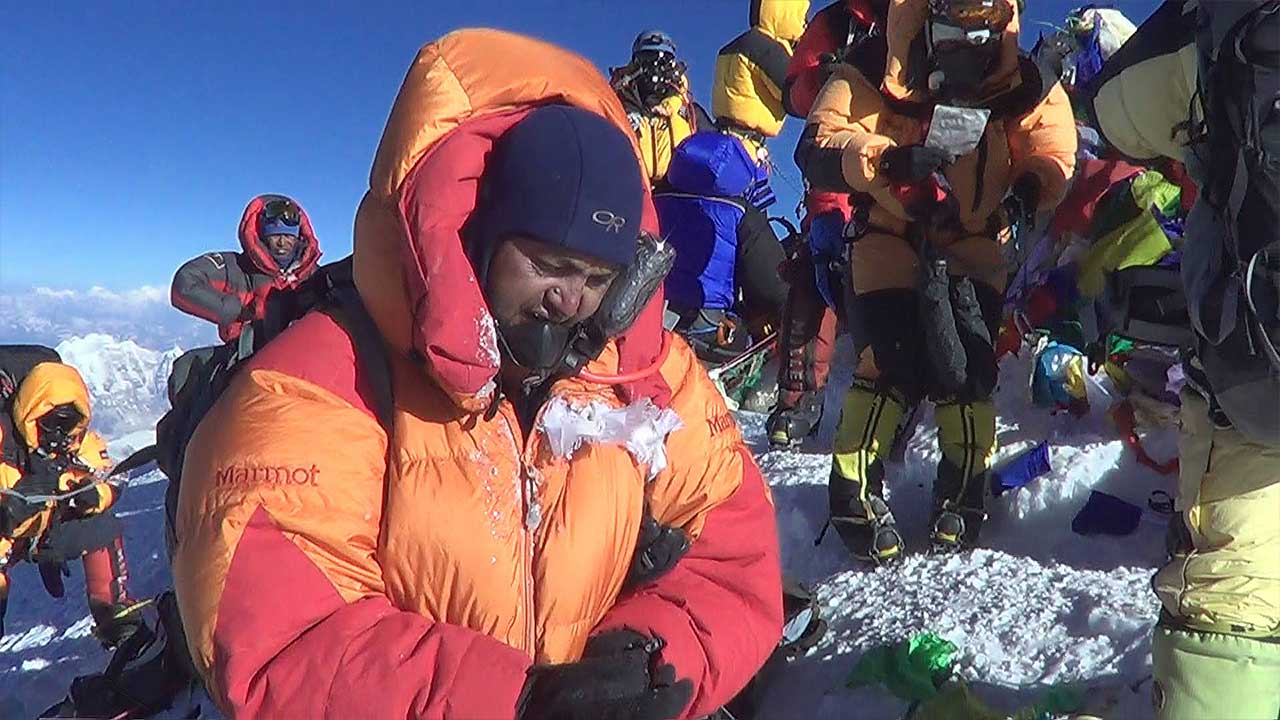
At around 8,400 meters, he noticed his oxygen mask was leaking, causing his goggles to freeze. While attempting to clear the moisture, he was urged by other climbers to keep moving quickly, which led to a moment of carelessness. Snow entered his gloves, and Pawel didn’t realize the severity of the situation until it was too late.
Upon reaching the summit of Everest, Pawel’s triumph was tempered by the realization that he had developed severe frostbite on his right hand.
Exhausted from the climb, he returned to the summit camp South Col at 7,990 meters and went straight to sleep.
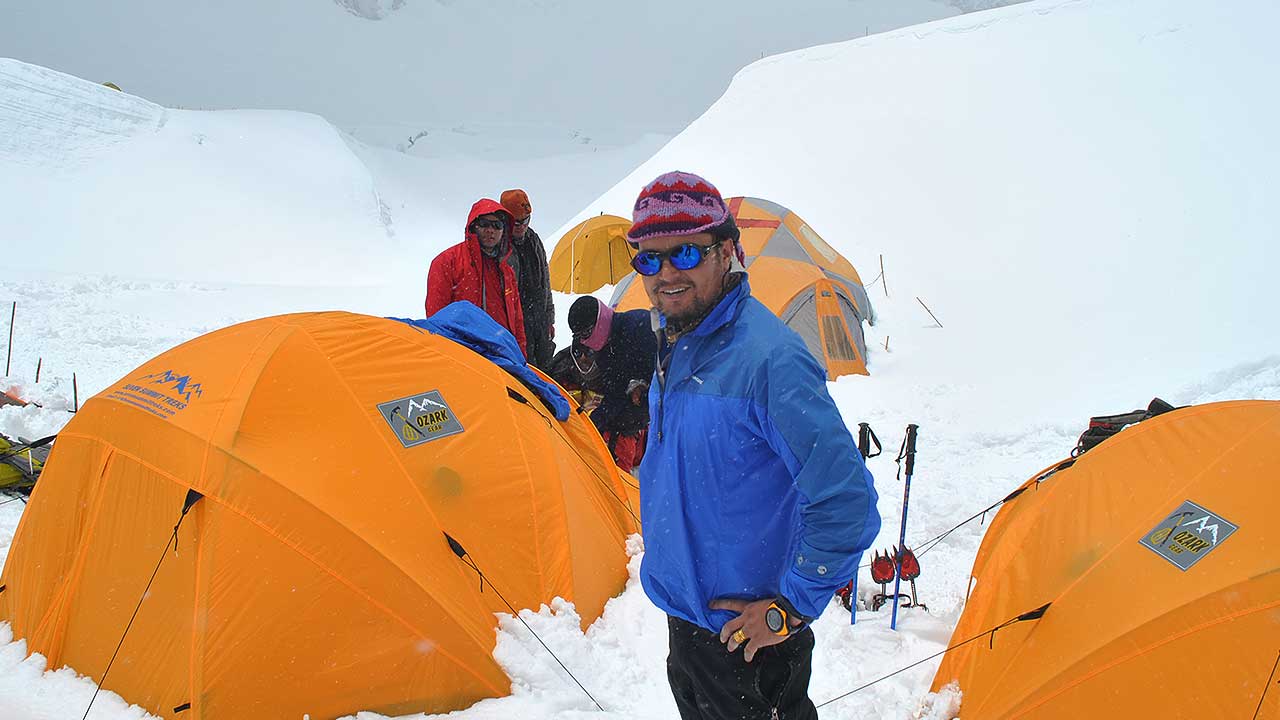
The following day, he and his team descended to Camp 2, but the damage had been done. Pawel had worn the same gloves for 48 hours, and the frostbite had progressed. In his lack of first aid knowledge, he made the critical error of immersing his frostbitten hand in warm water, a move that exacerbated the injury.
By the time Pawel returned to Darjeeling, the frostbite had worsened, requiring amputation of his little and ring fingers on his right hand. Despite this significant setback, he remained remarkably resilient. Pawel adapted to the loss and continued his mountaineering career, refusing to let the physical challenges deter him from pursuing his passion. His story on Everest is a testament to the harsh realities of high-altitude climbing and the unbreakable spirit needed to overcome them.
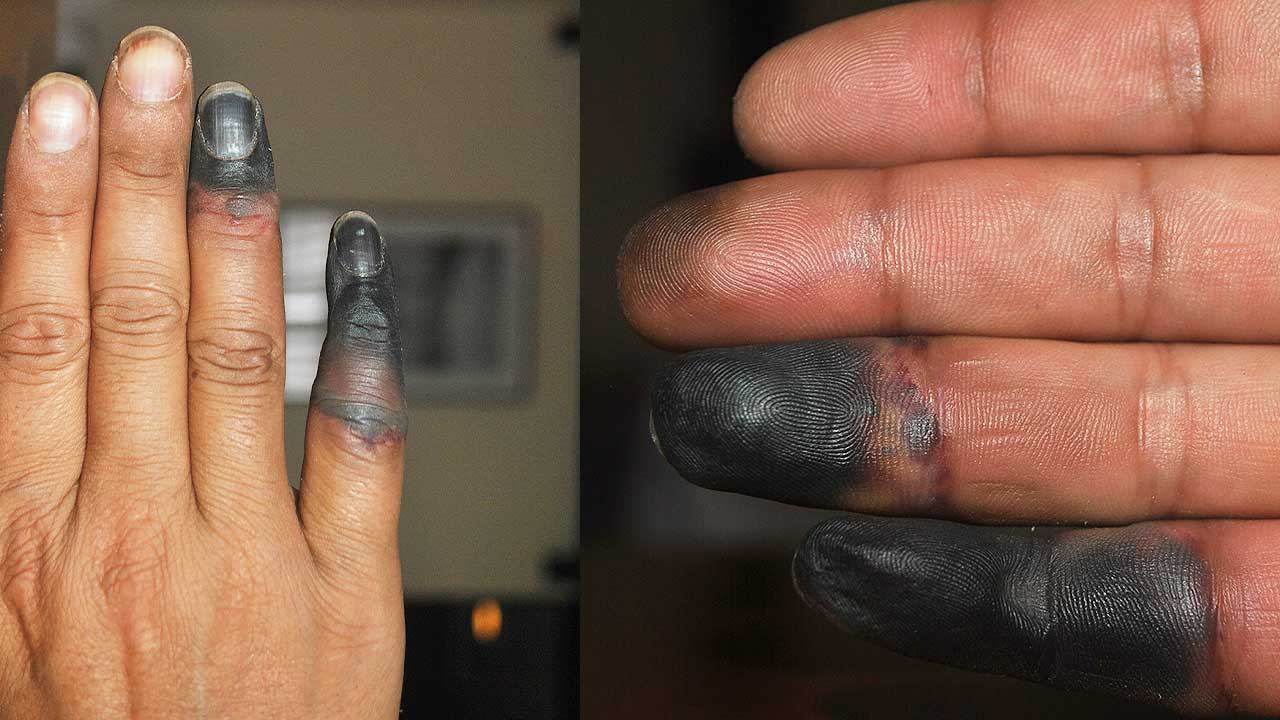
VI. Life After Everest
After reaching the summit of Everest in 2012, Pawel Sharma’s life changed in significant ways. The experience of climbing the world’s highest peak had a profound impact on his decision-making and teaching skills. He became more thoughtful and analytical, qualities that served him well as he transitioned into a role as a mountaineering instructor. His insights and firsthand experience from Everest enriched his training sessions, inspiring a new generation of climbers.
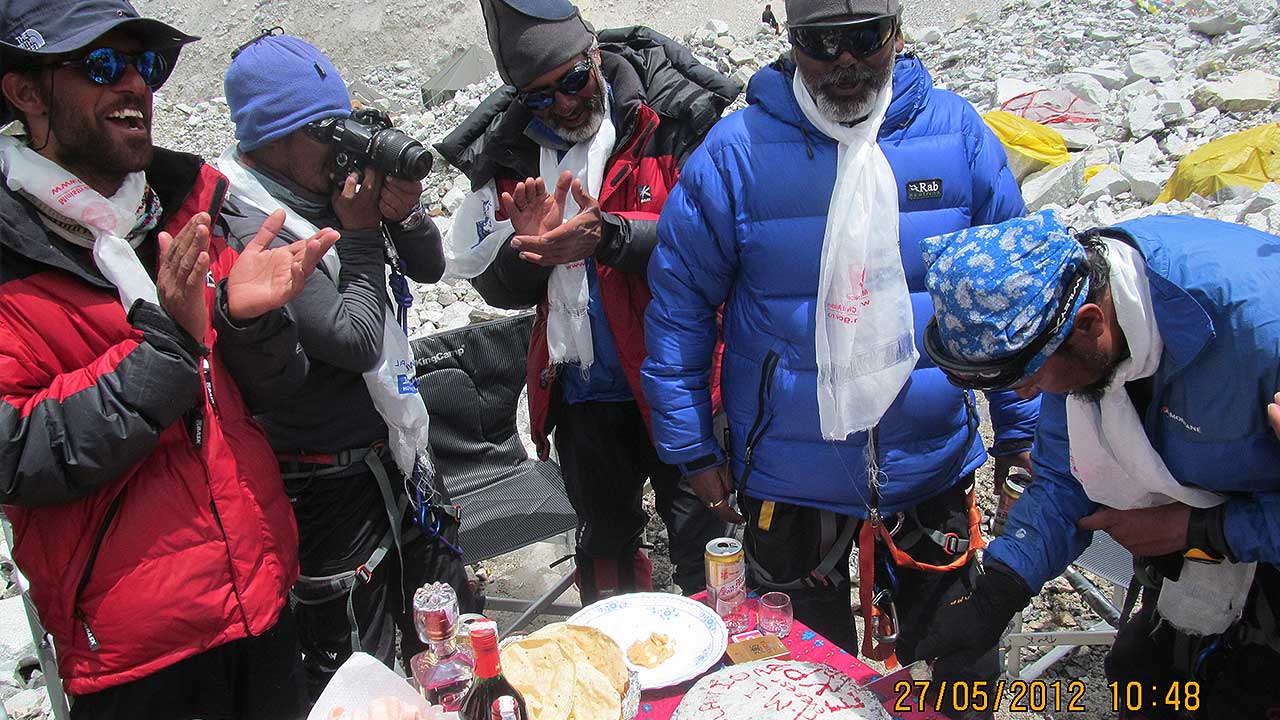
Between 2013 and 2017, Pawel remained deeply involved in mountaineering, climbing various peaks in West Bengal, including BC Roy, Sangri, Palung 19000, and another unnamed peak at 16,500 feet. His commitment to the mountains never waned, even after the challenges he faced on Everest. During these years, he was also busy conducting mountaineering courses and sharing his knowledge and experience with aspiring climbers.
Pawel’s passion for mountaineering led him to undertake several new ventures and projects after his Everest climb. In 2018, he joined an Indian Mountaineering Foundation (IMF) expedition to Shigri Parbat, a 6,475-meter peak in Himachal Pradesh. Umesh Raina, a local mountaineer from Manali and current member of the Ascent Descent Adventures team, opened the route. This was the first climb on this peak since 1968, marking a significant milestone in Pawel’s career.
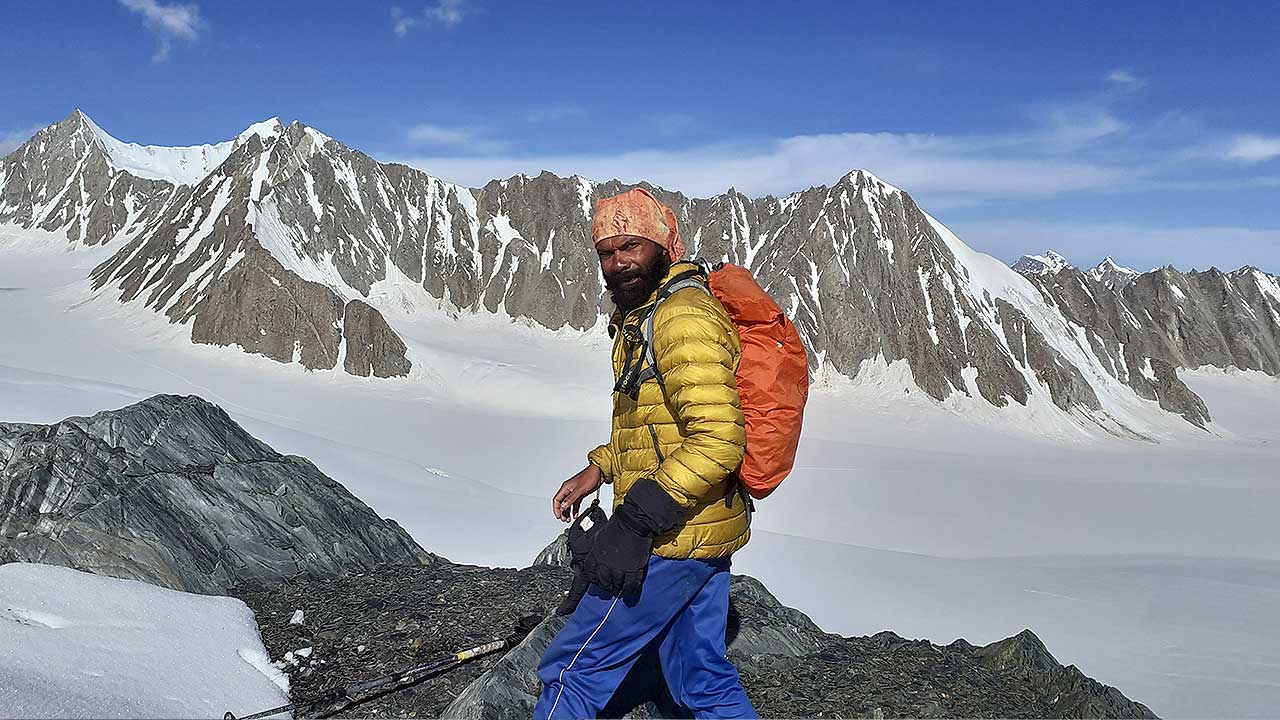
Another notable achievement in 2018 was the expedition to Kangyaste 1 and 2, where Pawel and his team set a record for the peak traverse. Kangyaste 1 and 2 have elevations of 6,400 and 6,200 meters, respectively. The traverse from Kangyaste 2 to Kangyaste 1 was particularly challenging due to the high number of crevasses and unpredictable weather conditions. However, Pawel and his team completed the traverse at 6:30 a.m., demonstrating remarkable skill and teamwork. His teammates, Passang Tenzing and Ginnar Singh, who is also an instructor for HP water sports, contributed to this successful expedition.
Pawel Sharma’s life after Everest is a story of growth, resilience, and continuous achievement. He has not only maintained his involvement in mountaineering but has also taken on new challenges, inspiring others with his dedication and courage. Through his adventures and teaching, Pawel continues to leave a lasting impact on the mountaineering community.
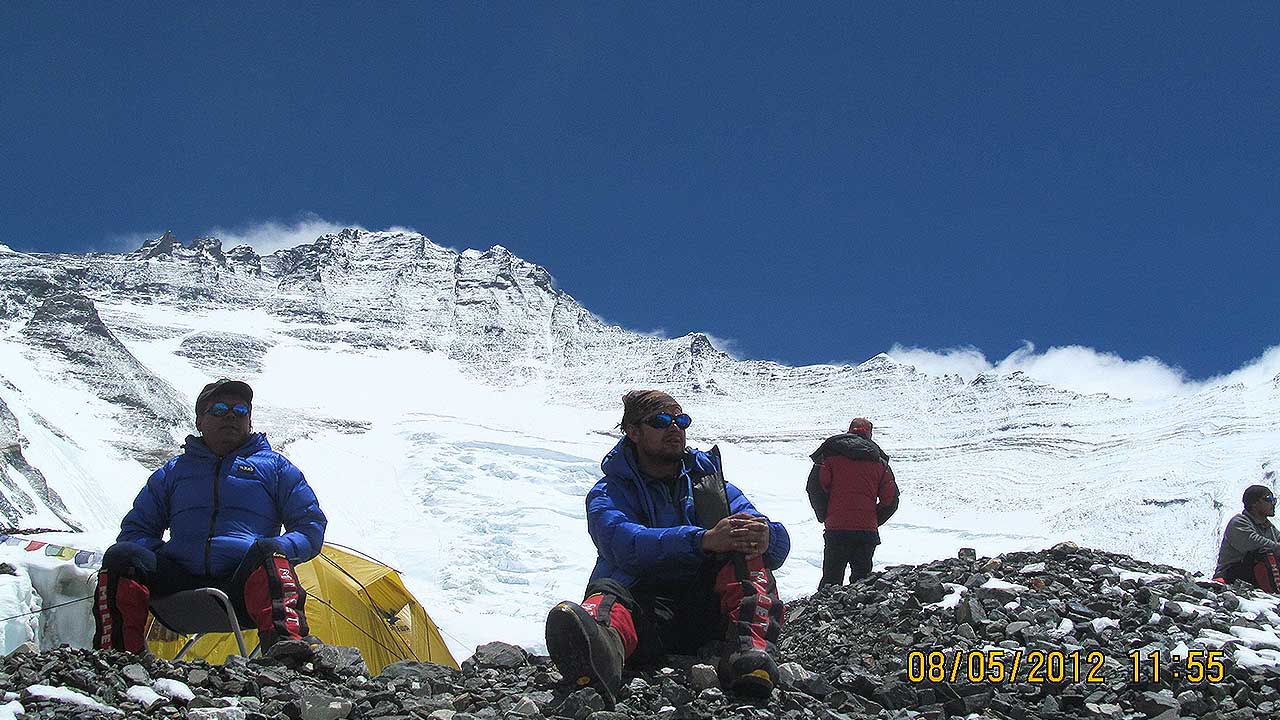
VII. Conclusion
Pawel Sharma’s journey through the world of mountaineering is nothing short of remarkable. From his first climb on Gangotri in 2008 to climbing Makalu and Everest, he has shown extraordinary resilience and determination. His experience exemplifies the power of overcoming hardship. Despite breaking both his legs in a rock-climbing accident and losing his fingers to frostbite during his Everest expedition, Pawel’s spirit never wavered.
The key takeaway from Pawel’s story is that obstacles, no matter how severe, can be overcome with determination, hard work, and a positive outlook. Pawel’s journey teaches us that setbacks are often just a step toward greater achievements. His ability to adapt, recover, and continue climbing despite physical and emotional challenges serves as an inspiration to all who hear his story.
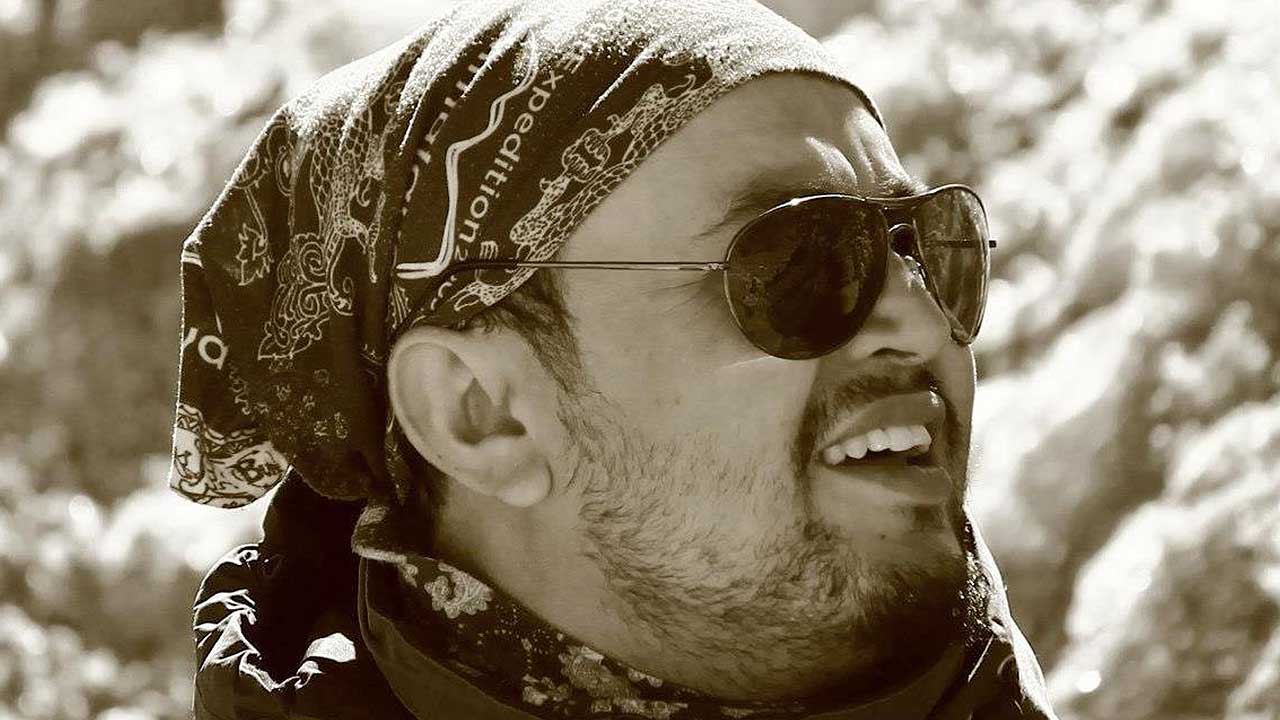
Pawel’s enduring message is that the mountains can teach us valuable life lessons about resilience and courage. As he once said, “The mountain is not just a physical challenge; it’s a journey of the soul. It tests your limits and pushes you to be better than you thought you could be.” This quote encapsulates his spirit and the indomitable will that has driven him to success.
As we reflect on Pawel Sharma’s journey, let it serve as a call to action for all who aspire to achieve great things. Whether in the mountains or everyday life, we can learn from his perseverance and approach our challenges with the same determination and courage.
Pawel Sharma and I first met during our climb to Mt. Makalu in 2009.

Similar stories:
Storms, Summit, and Survival: The Mt. Makalu Expedition
Summit to Summit: The Climbing Legacy of Major KS Dhami
The Climb Within: Ajay Sohal’s Everest Ascent
Pioneering Peaks: Col. Neeraj Rana’s Inspirational Journey